Be it folk literature, traditional music and dance, medicine or painting, China, an ancient nation with 5,000 years of history, now has a total of 42 intangible cultural heritage after Tai Chi and the Wangchuan Ceremony were inscribed to the UNESCO list of Intangible Cultural Heritage on Thursday.
As protection of intangible cultural heritage is the task for all of humanity, China joined the Convention for the Safeguarding of the Intangible Cultural Heritage in 2004.
From 2005 to 2009, China carried out its first nationwide census of intangible cultural heritage, counting nearly 870,000 intangible cultural heritage resources, once again demonstrating the depth and width of the country's profound history.
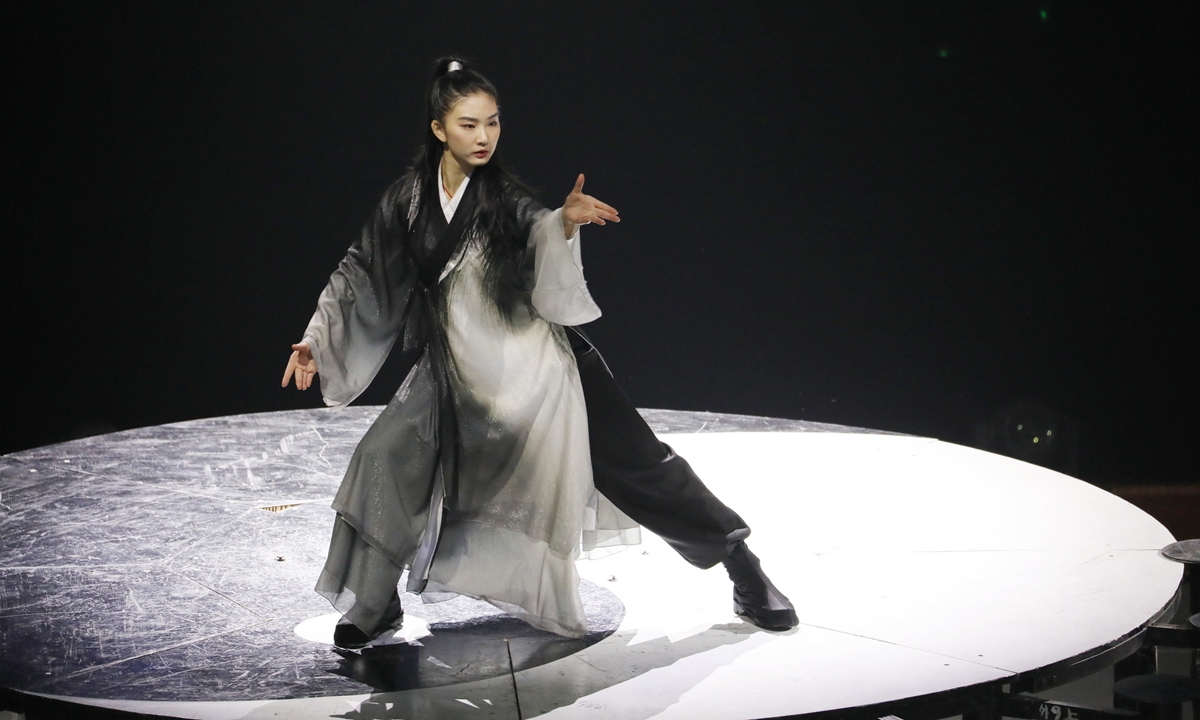
Inscribed in 2020
Tai Chi, or taijiquan, is a traditional physical exercise in China that aims to bring the practicer health of body and peace of mind through its signature slow circular movements. Originating in Central China's Henan Province during the mid-17th century, it is now practiced by a wide range of people across various ages and ethnic groups throughout the country.

Inscribed in 2020
The Wangchuan Ceremony and its related practices originated with folk customs paying homage to a "sea god" who protects people and their lands. The application of the Wangchuan Ceremony is the first time that China has jointly applied for Intangible Cultural Heritage status with another country along the Maritime Silk Road - Malaysia.

Inscribed in 2018
Lum medicinal bathing of Sowa Rigpa is a practice developed by the Tibetan people based on folk experiences in illness prevention and treatments. Practitioners include farmers, herdsmen and urban residents in Tibetan-inhabited areas.

Inscribed in 2010
Acupuncture and moxibustion are forms of traditional Chinese medicine commonly practiced in China. In acupuncture, needles are applied to puncture and stimulate chosen points on one's body. For moxibustion, moxa cones are often placed on the skin to warm the chosen area.
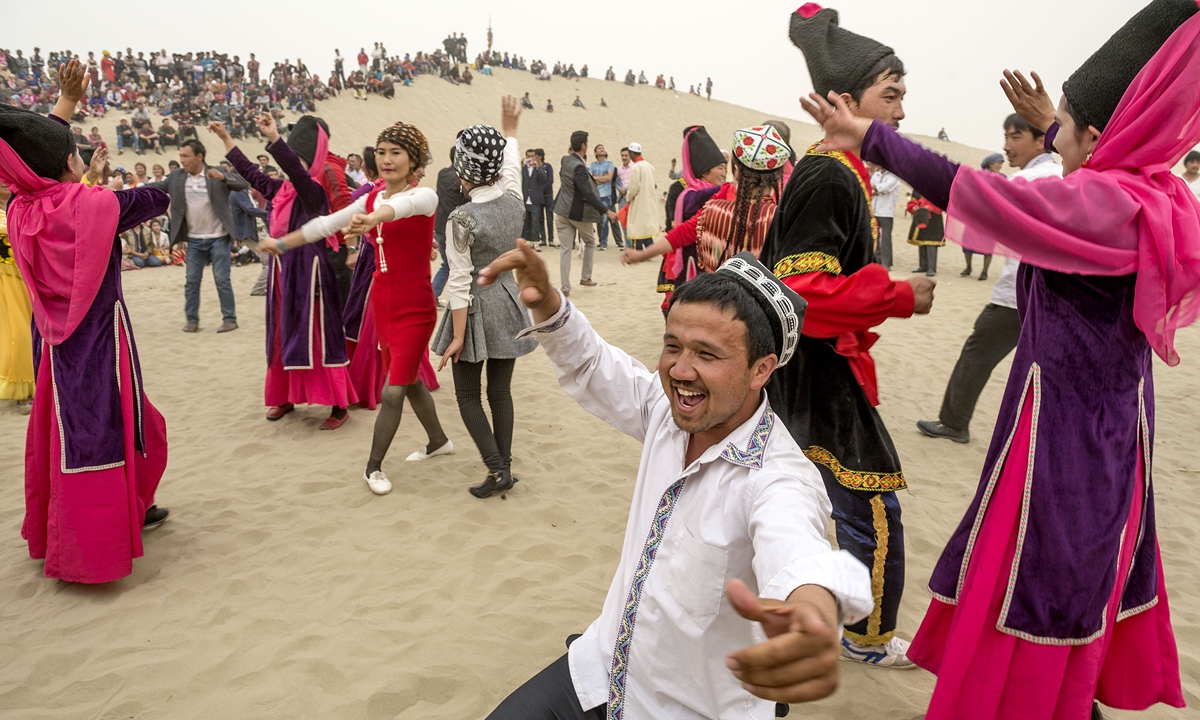
Inscribed in 2010
Practiced among the Uygur people concentrated largely in Northwest China's Xinjiang Uygur Autonomous Region, Meshrep constitutes the most important cultural carrier of Uygur tradition. A complete Meshrep event includes a rich collection of traditions and performance arts, such as music, dance, drama, folk arts, acrobatics, oral literature, food and games. Uygur muqam is the most comprehensive tradition included in the event, integrating song, dance and entertainment.
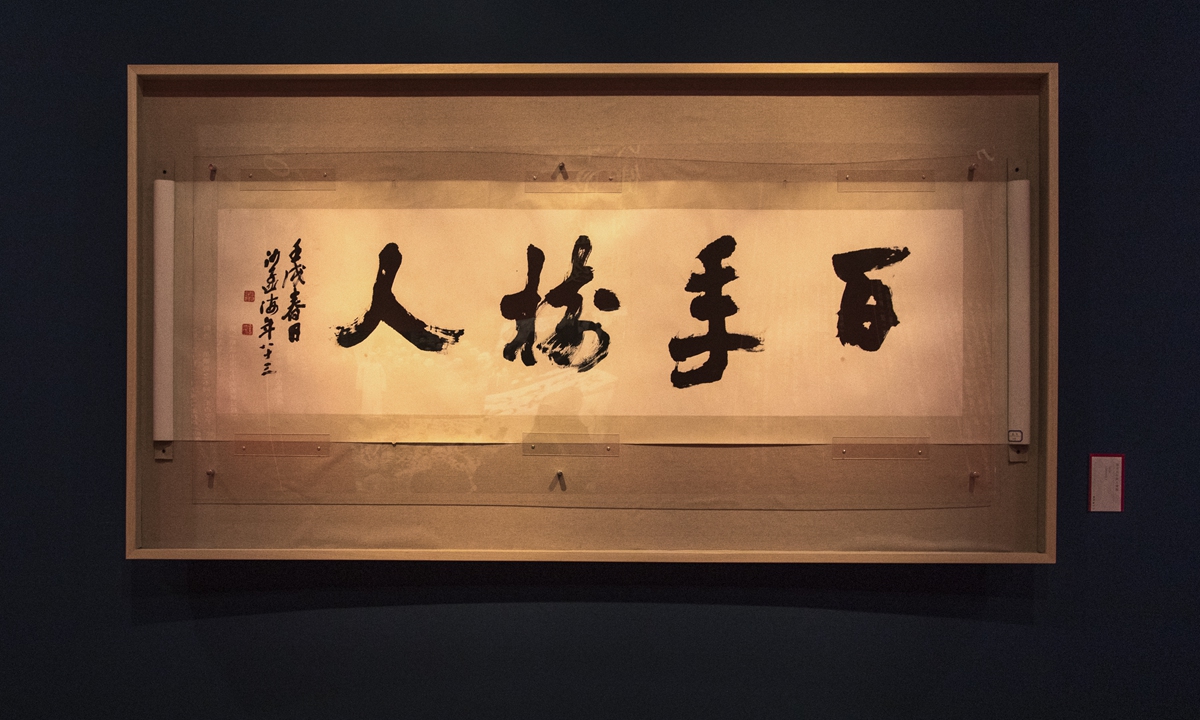
Inscribed in 2009
Chinese calligraphy includes the five most well-known styles of script - the Seal Script, Clerical Script, Regular Script, Cursive Script and Semi-Cursive Script. It can be seen as a form of art that embodies the essence of Chinese cultural aesthetics.
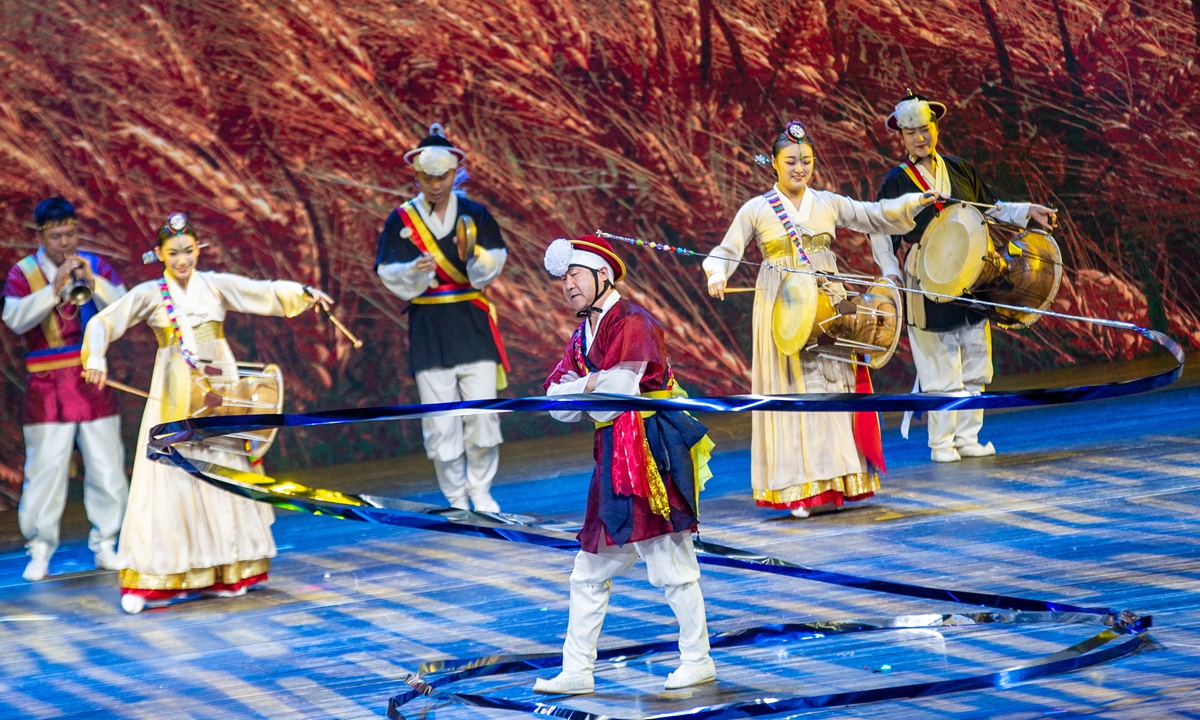
Inscribed in 2009
Gathering for community festivals, members of the Korean ethnic group in Jilin and other provinces in Northeast China take part in the Farmers' dance. Musicians play the oboe-like suona, bell-shaped gongs and a variety of drums, while dancers move to the beat with movements inspired by the motions of farming.
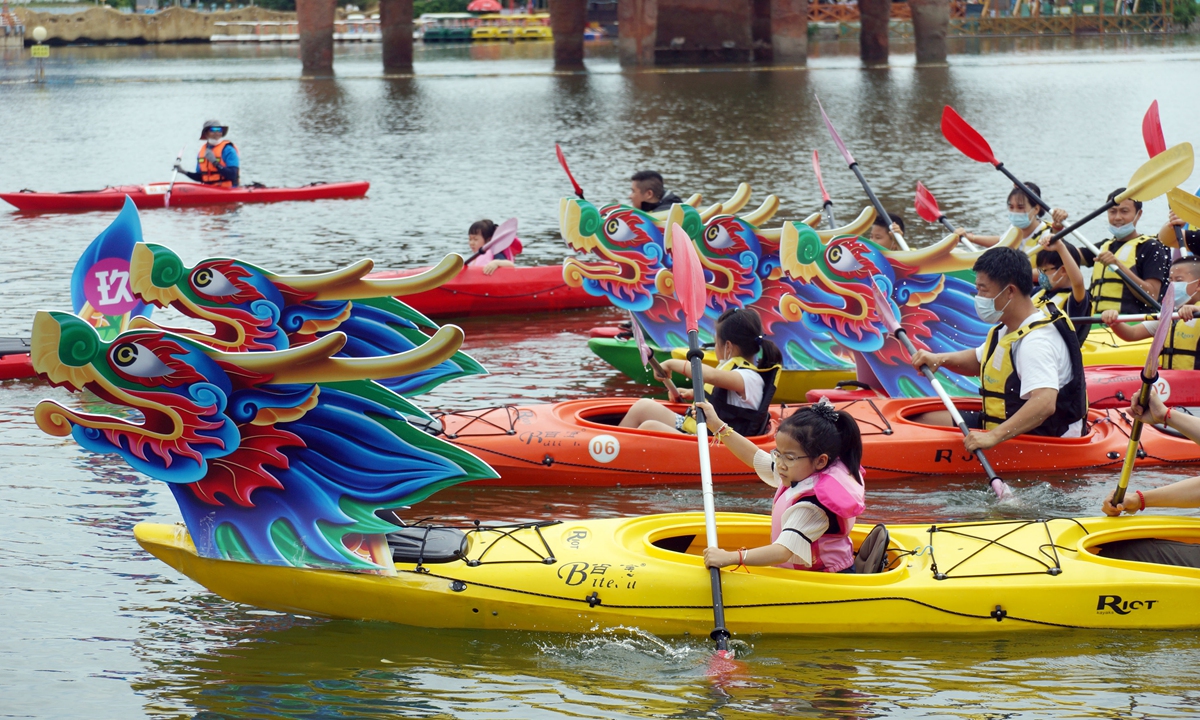
Inscribed in 2009
The Dragon Boat Festival is dedicated to the ancient patriotic poet Qu Yuan. It includes eating traditional foods such as glutinous rice dumplings and eggs. People also choose to bath in herb water during the festival as well as to hang mugwort on their doors to avoid evil spirits.
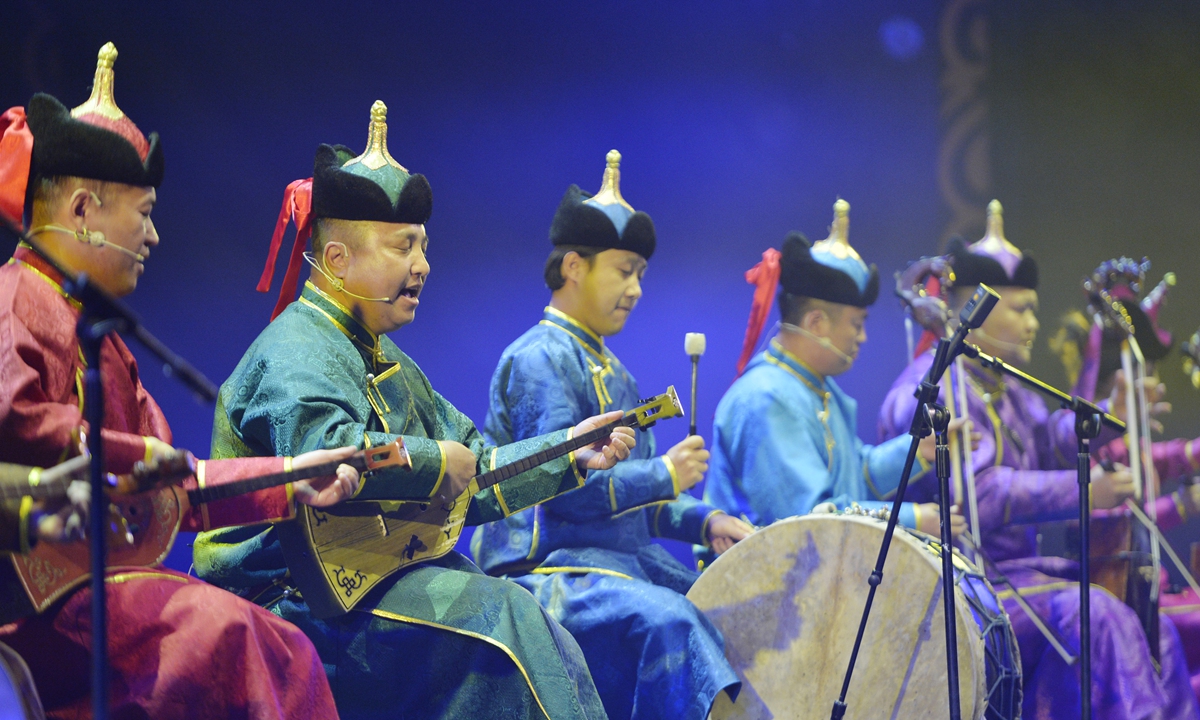
Inscribed in 2009
Khoomei, or Hooliin Chor (throat harmony), is a style of singing in which a single performer produces a diversified harmony of multiple voice parts, including a continued bass ele-ment produced in the throat. Khoomei is practiced today among Mongolian communities in several countries including China.
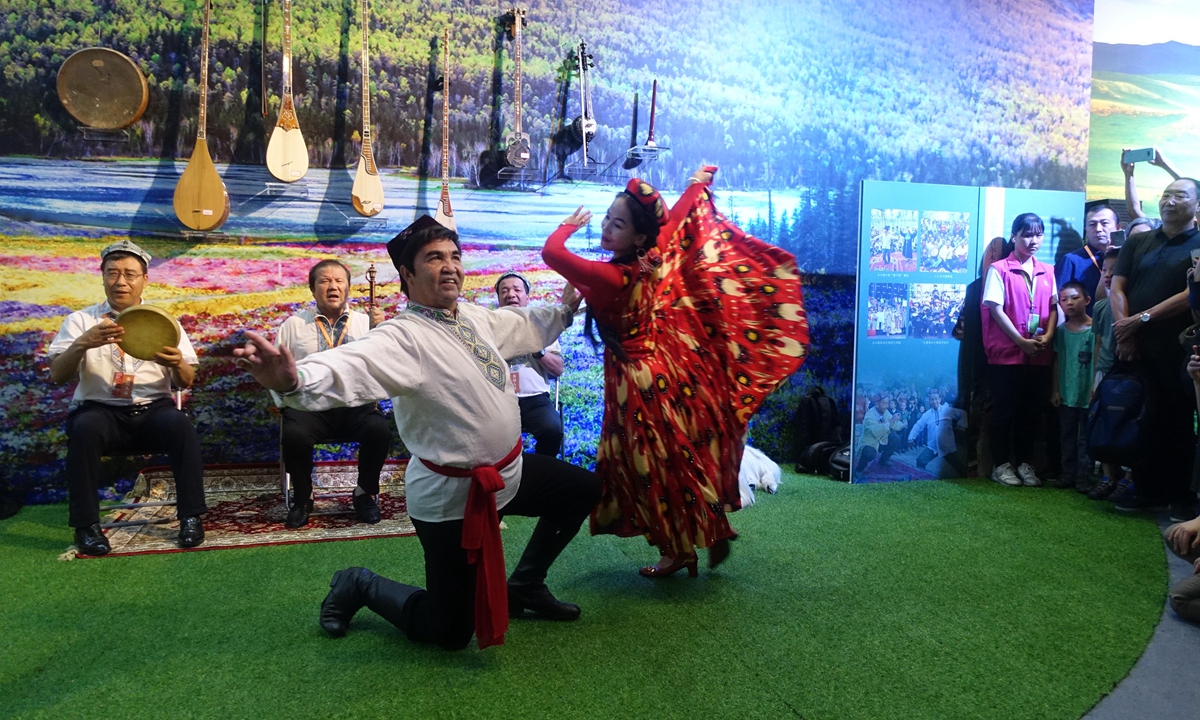
Inscribed in 2008
The Xinjiang Uygur Muqam is the general term for a variety of Muqam practices widespread among Uyghur communities, which form one of the largest ethnic minorities in China. Uygur Muqam has developed four main regional styles, namely the Twelve Muqam, Dolan Muqam, Turpan Muqam and Hami Muqam.
"Before the concept of intangible cultural heritage was defined in China during the 1980s, there were many old and professional scholars who continuously dedicated to studying and trying ways to protect Chinese folk art and culture," Chen Jing, deputy head of the Institute of Cultural and Natural Heritage Department at Nanjing University told the Global Times on Monday, pointing out how Chinese scholars' long-term academic efforts have contributed to protecting China's intangible cultural heritage resources."Soon after, officials joined in to establish organizations and institutions for the systematic rescue of China's exiting intangible cultural resources."
--Chen Jing, deputy head of the Institute of Cultural and Natural Heritage at Nanjing University
Zhou Xueying, a history professor at Nanjing University, told the Global Times on Sunday that China has done a remarkable job in protecting the intangible cultural heritage of ethnic minorities. However, many other ethnic minorities with their own outstanding traditions need further protection, he said, giving examples of the Wa ethnic minority in Southwest China's Yunnan Province and the Tunpu culture in Southwest China's Guizhou Province. Zhou also stressed the importance of the relationship between cultural protection and economic development. Through eight years of hard work, China has lifted nearly 100 million people out of poverty. Some of these programs involved having ethnic minorities incorporate their heritage into cultural tourism. Zhou said that he believes more efforts will head in this direction in the future.
--Zhou Xueying, a history professor at Nanjing University
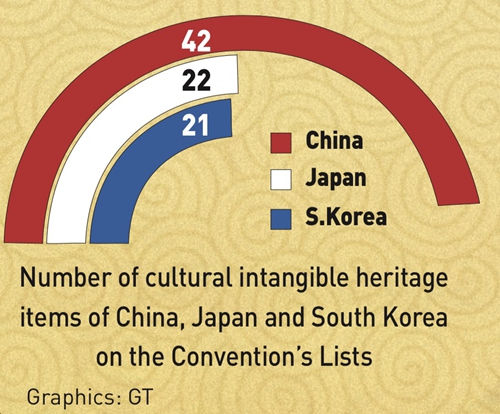
China has made huge contributions to the protection of intangible cultural heritage around the world since joining the Convention for the Safeguarding of the Intangible Cultural Heritage. Chinese government agencies, enterprises and communities have focused more on the discovery and conservation of intangible cultural heritage and more inheritors have appeared.
However, conservation work still faces challenges. Zhang Yiwu, a professor at Peking University, told the Global Times that these intangible cultural heritage need to be put into practice to remain vital.
"These intangible cultural heritages have some commercial value that are waiting to be developed. Cultural products related to them can serve society, which is also good for conservation," Zhang said.
He added that authorities should strengthen discovery and rescue efforts, as well as do more to introduce their cultural value to the public.
